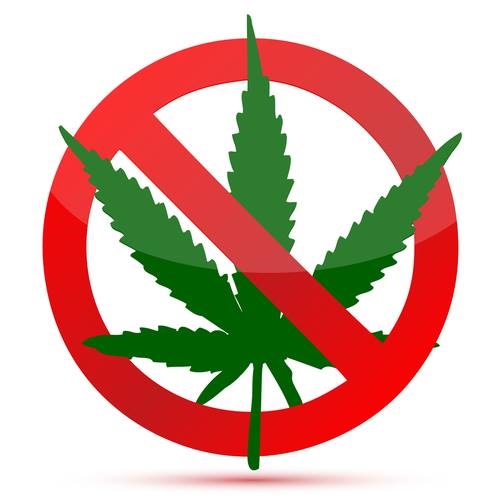Drugged driving eclipses drunken driving in tests of motorists killed in crashes
/For the first time, statistics show that drivers killed in crashes are more likely to be on drugs than drunk.
Forty-three percent of drivers tested in fatal crashes in 2015 had used a legal or illegal drug, eclipsing the 37 percent who tested above the legal limit for alcohol, according to a report released Wednesday by the Governors Highway Safety Association (GHSA) and the Foundation for Advancing Alcohol Responsibility.
Of the drivers who tested positive for drugs, more than a third had used marijuana and more than 9 percent had taken amphetamines.
“As drunken driving has declined, drugged driving has increased dramatically, and many of today’s impaired drivers are combining two or more substances,” said Ralph S. Blackman, president of the foundation, a nonprofit founded and funded by a group of distillers.
The report is narrowly focused on fatal crashes. It shows that among fatally injured drivers with known test results, 2015 was the first time that drug use was more prevalent than alcohol use.
Beyond that, however, it draws on other studies and statistics that create a complicated portrait of legal and illegal drug use nationwide. Every state bans driving under the influence of drugs or alcohol.
The opioid epidemic — heroin use and the abuse of prescription drugs — is well established. In 2015, more than 33,000 people fatally overdosed on opioids, almost equal to the 35,095 people killed that year in all traffic crashes.
The number of drivers who tested positive for drugs after dying in a crash rose from almost 28 percent in 2005 to 43 percent in 2015, the latest year for which data is available.
Though the dates when each state passed a law vary, that period coincided with more-permissive laws covering the use of marijuana.
Medical use of the drug is now allowed in 29 states and the District of Columbia; 17 states permit its use in some medical circumstances; use has been decriminalized in 21 states; and recreational use is allowed in eight states and the District.
Attorney General Jeff Sessions has promised to reinvigorate the war on drugs, reversing an Obama administration policy that reduced prison sentences for nonviolent drug offenders.
Although the liberalization of marijuana laws and increase in drug-use fatalities might lead to an easy conclusion, the report cites European studies that found marijuana use slightly increased the risk of a crash, while opioids, amphetamines and mixing alcohol with drugs greatly increased the risk of a crash.
Counterbalancing that assessment of crash risk is this stark statistic: In Colorado, marijuana-related traffic deaths increased by 48 percent after the state legalized recreational use of the drug.
“Drugged driving is a complicated issue,” said Jim Hedlund, a former National Highway Traffic Safety Administration official who wrote the GHSA report. “The more we can synthesize the latest research and share what’s going on around the country to address drug-impaired driving, the better positioned states will be to prevent it.”
Unlike the blood alcohol standard of 0.08, which often can be established at the scene of a crash, testing for drug use is more complex, usually requiring a blood test, and the effect of drug use can vary substantially among users.
Surveys of regular marijuana users in Colorado and Washington state, which also has legalized recreational use, found that almost none of them thought marijuana use impaired their driving, while they believed drinking alcohol did.
The challenge to police in attempting to enforce laws against drug-using drivers is compounded because many officers lack training to identify those under the influence of drugs, and delays in testing may allow the drug to metabolize so the results do not accurately measure the concentration in the driver’s system at the time of the incident.
“As states across the country continue to struggle with drug-impaired driving, it’s critical that we help them understand the current landscape and provide examples of best practices so they can craft the most effective countermeasures,” said Jonathan Adkins, executive director of GHSA.

